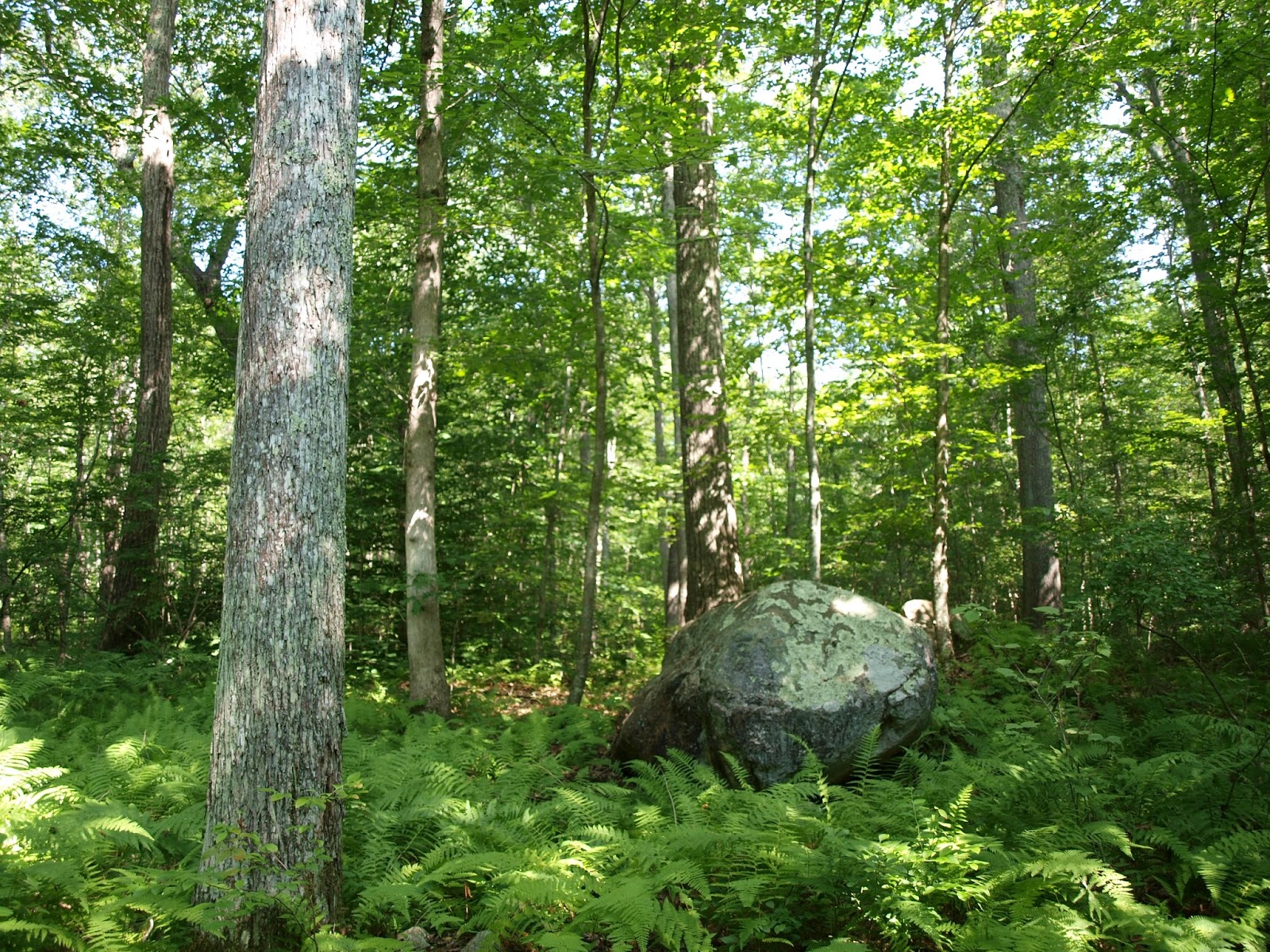Connecticut is a land of grand trees! The hardwood forest is tall and thick, strong and bending, and colorful and dark. There are oaks, birch, hickory, maple, pines, hemlock, ash, cottonwood among others, each with their own texture, form, and place. They can be a wall; hiding the lay of the land, make distances greater, and muffle sounds. They can be individual with great presence, keeping the secrets of a centenarian. The trees are so beautiful! I love walking among them, recognizing both species and individuals, quieting my thoughts and just drinking in the peacefulness they offer.
There are many trees that I admire growing in my neighborhood. The Red Oak above is listed on the Notable Trees of Connecticut. It is less than a mile from my house on Juniper Hill Farm. I could see it from the road and even though it was a little weird I asked permission to photograph it. Such an amazing tree. The Red Oak is one of the last to loose it's leaves. The top picture is in November and the bottom in October. Another fantastic Red Oak within 10 miles is the famous Ashford Oak. It was the largest Red Oak in the US for years, but sadly it has dropped some of it's limbs and now is in decline. The tree is just off the route 44, which is the oldest hwy between Boston and Hartford and George Washington really could have stopped here! But really the best trees are the ones I can walk to, that are landmarks, friends, and make the area around the house so special.
 |
| The Ashford Oak |


















































